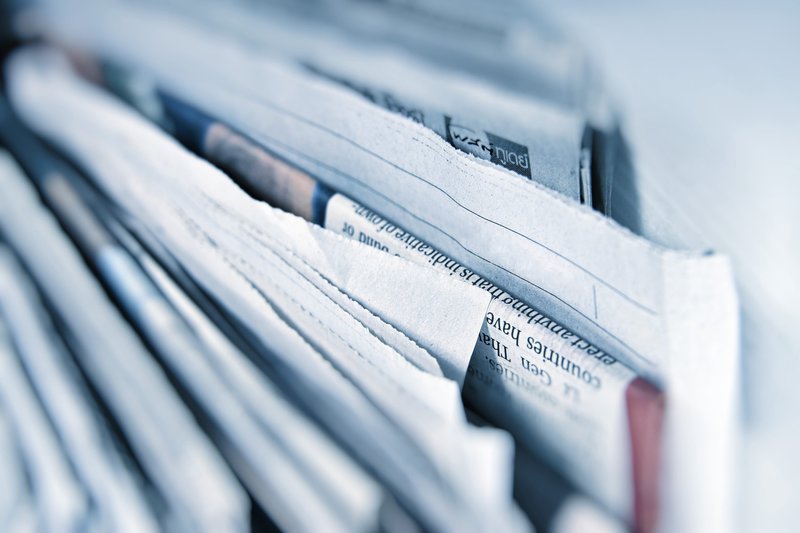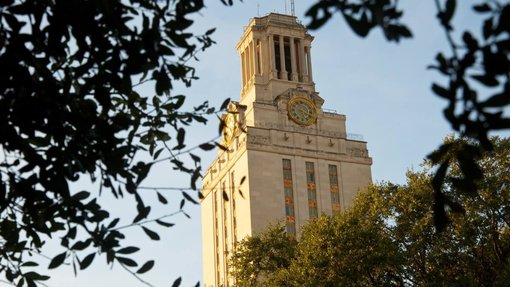Federal Election Reform Bill Can't Take Away Scientific Uncertainty of Victors in Close Races -- by Seth Major, Hamilton College Physics Professor
Archive by Erudera News Oct 23, 2003

CLINTON, N.Y., Oct. 23 (AScribe Newswire) — The long-awaited election reform bill has won Congressional approval and now goes to President Bush to be signed into law. Congressional members hail the $3.9 billion measure as a step forward, ensuring, in Rep. Connie Brown’s words, “that what happened in the 2000 election never happens again in this country.”
But, despite new voting machines, new definitions of a vote, and the opportunity for voters to verify their choices, election debacles continue to occur and threaten the veracity of future presidential elections.
When we go to the polls, we expect that a winner will be clearly discernible with a fair and accurate count. However, a fundamental fact of closely contested races has escaped attention: It is not possible to accurately determine a true winner.
By voting, we take a measurement to determine which candidate the voters prefer. Measurements are famously sticky because they always have a fundamental uncertainty. It is not possible — in practice nor in principle — to determine the exact result. This uncertainty is an everyday phenomenon in science. In reporting a numerical result, a scientist makes a best estimate of the actual measured value and the uncertainty of the result. This uncertainty, written as a range of possible values, informs the reader how accurate the measurement is estimated to be.
Surprising as it may seem, even after spending the billions of tax dollars just approved by Congress, we still will be unable to accurately determine the true outcome of a race. Recalling the fall of 2000, while the presidency hung in the balance, Americans watched a 36-day political and legal struggle in which even the definition of a vote changed.
The National Commission on Federal Election Reform subsequently released several recommendations, including reducing error in the count to 2 percent. Achieving this federally recommended margin of error, which could be accomplished by replacing outdated voting machines, would cost an estimated $400 million per year. But remember, implicit in the commissions recommendation is an acknowledgement that election results still will be inaccurate by 2 percent.
In fact, after $32 million was spent on new voting machines, in Florida’s most recent primary election, William McBride’s lead over Janet Reno was still only 0.4 percent. Given a 2 percent margin of error, we don’t truly know the actual winner of this race. As dramatic as the results of the Florida elections were in 2000 and again in this year’s primary, close elections do not just occur in the Sunshine State. Since 1948, nearly half the states have had at least one occasion when the winner of their electoral votes was decided by less than 1 percent. In this same time period, half the states had at least one senatorial race decided by less that 1 percent of the vote. Given such inherently inconclusive results, vote counts ought to be reported with a margin of error, just as is done in public opinion polls or scientific experiments. These margins are easily determined for any method of counting votes.
But what happens when a candidate’s lead is smaller than the reported error (as is certainly the case in the recent elections in Florida)? Scientists know that when measuring a quantity there is only one sure way to settle such a situation: measure again. Since voting is a measurement, this suggests that in any election when the uncertainty in the count is larger than a candidates lead, a run-off election is necessary. It remains far from clear whether it would be possible to enact run-off elections. But it is important to have our eyes open to the fact that spending $3.9 billion on election reform will not prevent the ordeal of the 2000 presidential elections from happening again.
Seth Major teaches physics at Hamilton College in Clinton, N.Y. He was a Lise Meitner Fellow at the Institute for Theoretical Physics of the University of Vienna. He has published articles in professional journals including American Journal of Physics, Physical Review D and Classical and Quantum Gravity.
Recent Articles
France
Apr 26, 2024
United States
Apr 25, 2024
Hong Kong
Apr 25, 2024
United States
Apr 25, 2024
United Kingdom
Apr 24, 2024


